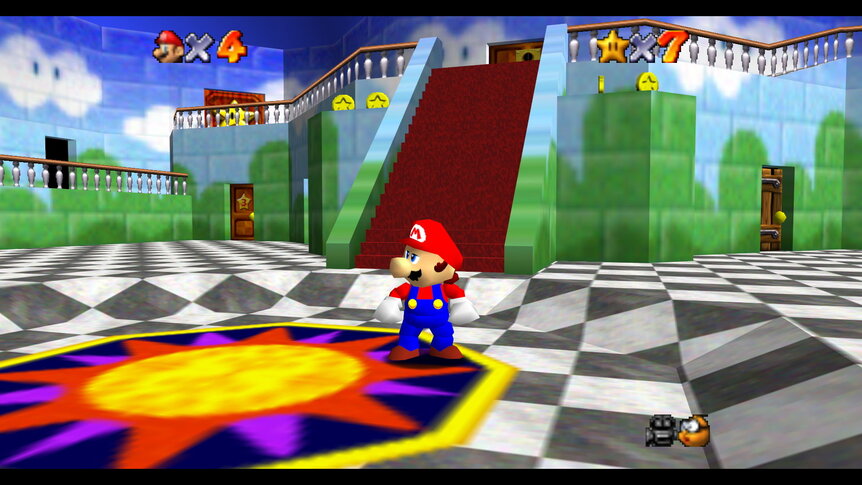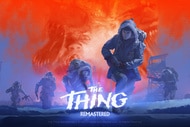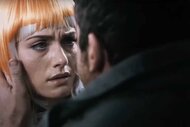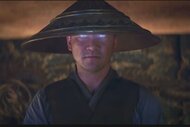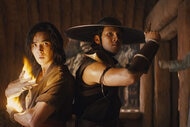Create a free profile to get unlimited access to exclusive videos, sweepstakes, and more!
Peach's Castle was the best part of Super Mario 64
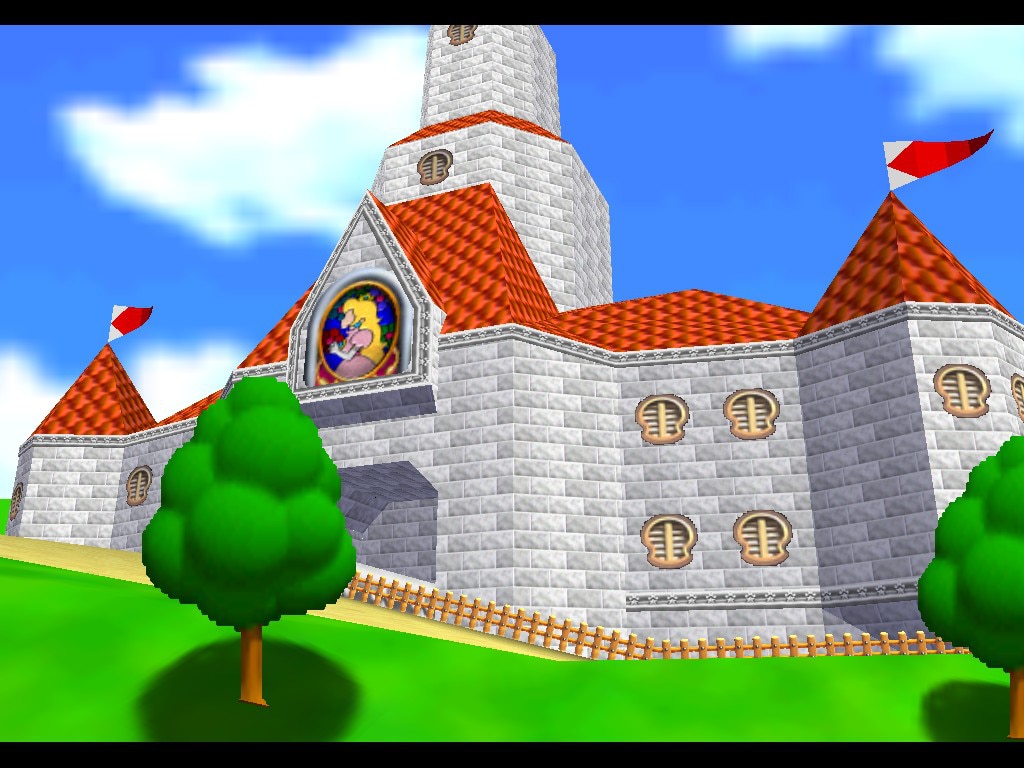
Super Mario 64 sent the mustachioed plumber to all sorts of memorable worlds during his quest to snag Power Stars and rescue Princess Peach from Bowser's clutches, but more than two decades later, it's not Bob-omb Battlefield, Lethal Lava Land, or Cool Cool Mountain that you remember most. Instead, it's Princess Peach's Castle itself, an innovative spin on the idea of a "hub world" that showed players that there were secrets to be found right from the start.
When Super Mario 64 finishes laying out the bare-bones plot (Princess Peach baked you a cake, she's been kidnapped by Bowser, etc), and first gives players control over Mario, nothing happens. You're standing in a garden, facing a pathway that leads toward a castle in the near distance. But you don't have to follow that path. You can jump over to a lake and wonder what the deal is with that cannon that has a grate over it. You can hop in the moat and wonder how to access that submerged door while simultaneously figuring out that Mario needs to come up for air or he'll drown.
There is no music during these early moments, just ambient sounds, but that changes once you walk into the castle's front door, when elegant music starts to play. There are lots of doors, but you can't go into most of them yet, and the one that you can enter opens to a giant painting of a Bob-omb. Jump into it and you'll be transported to a whole new world, and the game is in full swing.
But once you knock King Bob-omb off that mountaintop, Mario returns to Peach's Castle, and there's plenty to do. The castle, which could have been little more than a menu from which players selected the world they wanted to visit, is a fully developed world itself. If anything, it's even more interesting, as there aren't big explicit missions for Mario to tackle. Instead, exploring the castle is all about secrets.
See that painting on the ceiling? Look up and you'll be transported into the sky, where you'll fly around grabbing red coins out of the air. Jump into a small painting of Princess Peach — one that looks identical to the totally normal, otherwise identical painting opposite it — and you'll find yourself hurtling down a secret slide at breakneck speed.
In order to unlock new parts of the castle — and in doing so, unlock new paintings to more worlds to explore — you often had to do more than simply obtain the correct number of stars. There were side missions, trap doors, endless staircases, giant aquariums, moats to drain, and that freaking cannon outside that still had a grate over it. (Collect every Power Star in the game and you'd eventually get to use it to blast on to the castle's roof and say hi to Yoshi, one final secret in a game that was full of them.)
Super Mario 64 did a lot of things that pretty much every 3D video game ever made since has been influenced by, like that groundbreaking camera that followed Mario and moved around obstacles, rather than just fixating on his back. The idea of a hub world was another innovation, although, sadly, it's one that the 3D Mario games have been gradually moving away from.
Super Mario Sunshine had a comparable hub world in Delfino Plaza, which was full of secrets and hidden Shine Sprites. Super Mario Galaxy's hub world was visually interesting, but there wasn't much to explore or find, and Super Mario Galaxy 2's hub world — an asteroid-sized spaceship — was even more bare-bones. Super Mario Odyssey, although a great game, is even more of a letdown on this front. The hub is the Odyssey, a one-room aircraft whose only real feature is a wardrobe. It's a far cry from Peach Castle, where you could climb into a tiny hole in the wall and find yourself swimming in a giant aquarium.
It's unclear why Nintendo has opted to simplify the hub worlds of later Mario games, but Peach's Castle remains an iconic video game experience. By offering players so much freedom and by shoving so many secrets into the castle's walls, Super Mario 64 made it so that the exploration and adventure never stopped, even when you were just traveling to the next "real" level.
The views and opinions expressed in this article are the author's, and do not necessarily reflect those of SYFY WIRE, SYFY, or NBC Universal.
